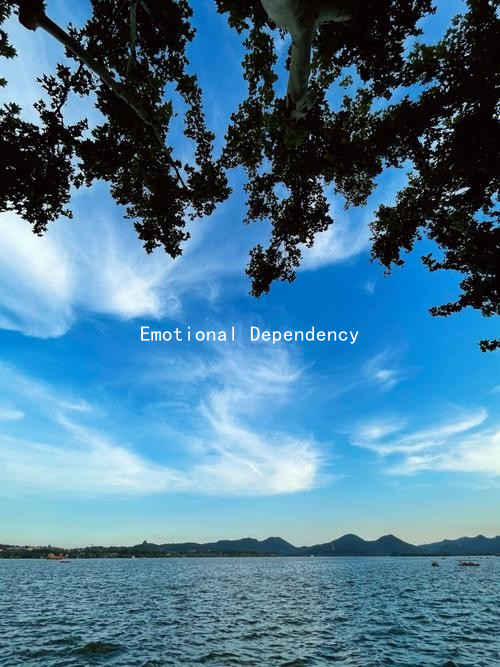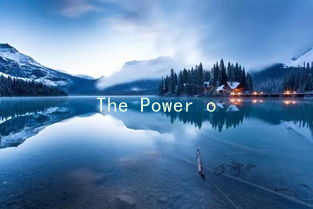Beyond Words: Non-Verbal Communication Techniques for Couples
In the realm of relationships, words are just one piece of the puzzle. Non-verbal communication plays a pivotal role in how couples understand and connect with each other. Understanding and mastering these techniques can significantly enhance intimacy and love in a partnership.
1. The Power of Eye Contact
Eye contact is one of the most profound forms of non-verbal communication. It fosters a sense of closeness and sincerity. When partners maintain eye contact during conversations, it conveys active listening and genuine interest. It’s essential to strike a balance, however; too much eye contact can feel intimidating, while too little can signal disinterest. Practicing steady, warm eye contact can enhance emotional connection and trust between partners.
2. The Importance of a Genuine Smile
A smile can transcend words, expressing joy, warmth, and affection. A genuine smile not only shows happiness but also invites your partner into a moment of shared joy. Make an effort to greet your partner with a smile each day, whether it’s a simple “hello” or a welcoming gesture after a long day. This small act of non-verbal communication can set a positive tone, reinforcing your bond and creating a supportive environment.
3. The Role of Touch
Touch is a powerful communicator in a relationship. A simple hug, holding hands, or a gentle touch on the arm can convey support and love that words sometimes fail to express. Physical affection releases oxytocin, known as the “love hormone,” which fosters feelings of closeness and security. Regularly engaging in affectionate touch can deepen emotional intimacy and strengthen the relationship.
4. Understanding Body Language

Body language reveals a wealth of information about emotions and intentions. Pay attention to your partner’s posture, gestures, and facial expressions. Open body language, such as uncrossed arms and leaning in during a conversation, indicates engagement and receptiveness. Conversely, crossed arms or a distant posture may suggest discomfort or defensiveness. By being aware of your partner’s non-verbal cues and adjusting your own, you can create a more harmonious communication environment.
5. The Significance of Space and Proximity
The physical distance between partners speaks volumes. Standing or sitting close together during intimate conversations can enhance connection, while stepping back may signal a need for space or discomfort. Respecting each other’s boundaries—while also understanding when to close the gap—is essential for maintaining a healthy balance. Be mindful of each other’s comfort zones and communicate openly about any changes in proximity that might be needed.
6. Reflecting Emotions Through Mirroring
Mirroring is a subtle yet effective technique that involves mimicking your partner’s body language, gestures, or tone of voice. This form of non-verbal synchronization can create feelings of similarity and affinity. When practiced naturally, mirroring can enhance empathy and understanding in a relationship, making both partners feel more connected and valued.
7. The Impact of Gestures
Non-verbal gestures such as nodding, leaning forward, or using hand movements can greatly enrich conversations. Nodding while your partner speaks indicates that you are listening and affirming their feelings. Incorporating gestures that emphasize your words can also help convey enthusiasm and passion, reinforcing the message behind your communication.
In conclusion, while words can express thoughts and feelings, non-verbal communication is what often defines the depth and quality of a couples connection. By honing these non-verbal techniques, partners can foster deeper understanding, enhance emotional intimacy, and navigate the complexities of their relationship with greater ease. Ultimately, mastering the art of non-verbal communication can lead to a more fulfilling and harmonious partnership.





